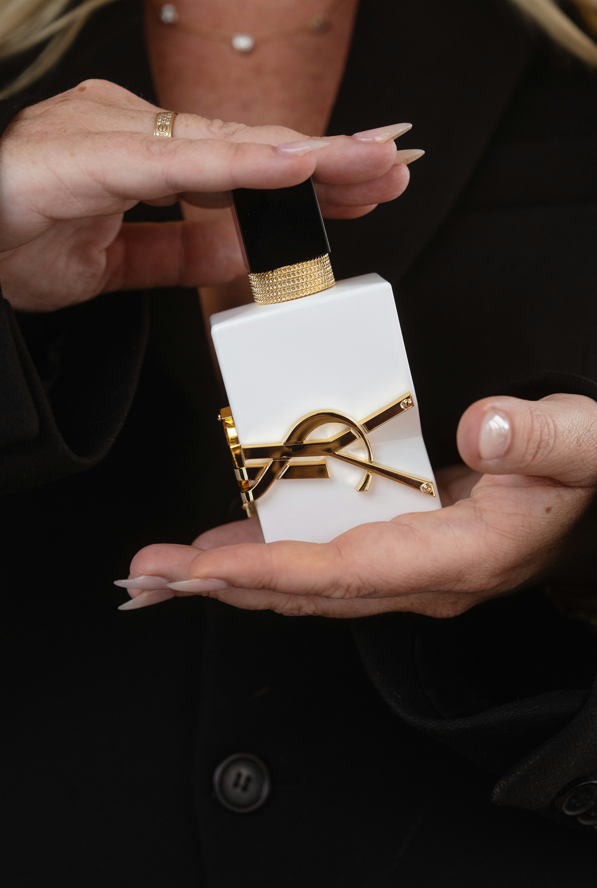At the origin of every fragrance lies a fascinating encounter between science and emotion. What our nose perceives as a floral, woody, or musky scent is actually the result of complex molecular reactions. Exploring the world of scents means diving into a realm where the invisible becomes tangible thanks to scientific advances.
Odors are caused by volatile molecules that can diffuse through the air and attach to the olfactory receptors in our noses. These receptors, which number several hundred, then send signals to the brain, which interprets the information as a specific scent. This is how a simple molecule of vanillin can instantly evoke a childhood memory.
The formulation of a perfume relies on a detailed understanding of these mechanisms. Noses—perfume creators—use this science to combine natural or synthetic molecules, respecting subtle balances. The goal: to create a lasting and memorable olfactory harmony. It is also this science that makes it possible to isolate or reproduce certain scents that are impossible to extract naturally, such as lily of the valley.
Today, this discipline is evolving toward more sustainable practices, limiting the environmental impact of components and developing eco-responsible alternatives. Innovation in this field continues to pave the way for new creations that are safer for both health and the planet.
Understanding the mechanisms that govern our perception of odors allows us to better appreciate the art of perfume. Between nature and synthesis, tradition and innovation, this invisible science enhances our daily emotions.




Leave a comment
This site is protected by hCaptcha and the hCaptcha Privacy Policy and Terms of Service apply.